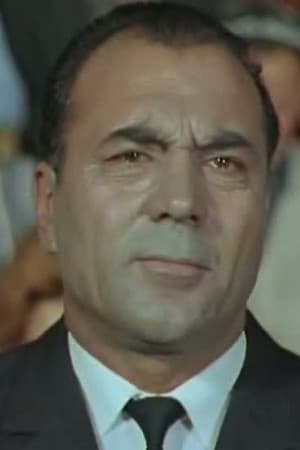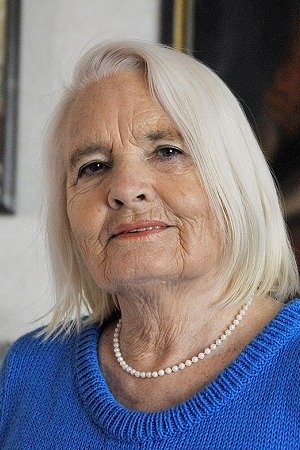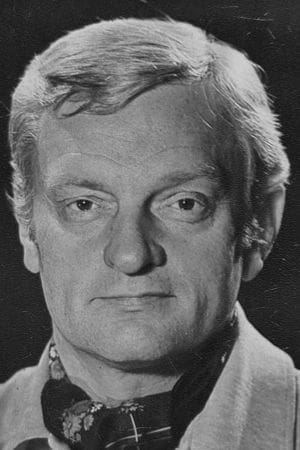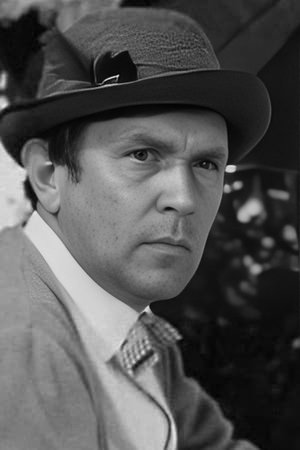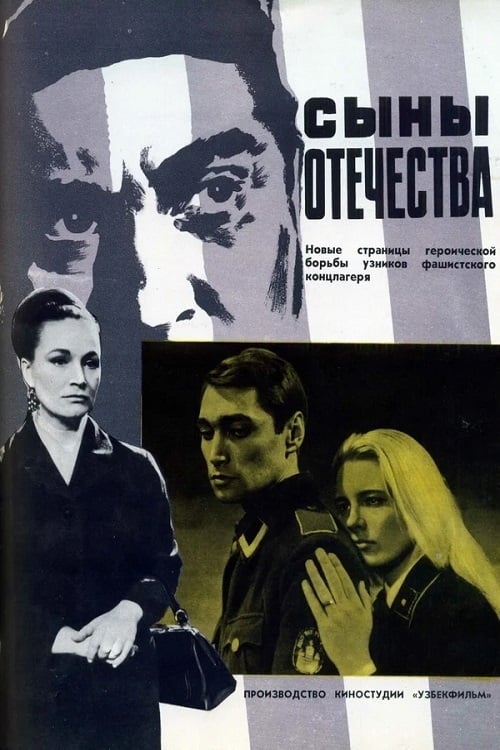
Сыны отечества (1969)
7
|
апр 21, 1969 (SU)
|
драма
|
01:29
Бюджет: н/д
|
Сборы: н/д
В узбекском городе открылась выставка художника, картины которого рассказывали о жуткой жизни в лагере Шпильхаузен. Среди портретов узников Елена Салимова узнает своего мужа. Но человек, который привез выставку, говорит, что это не он. Елена едет в Западную Германию, встречается с женщиной, которая работала в Шпильхаузене фотографом и которая знала её мужа. Хильда Хейнц, так звали эту женщину, рассказывает несколько приукрашенную и выдуманную историю. Её рассказ составляет первую часть триптиха - «Ложь». Вторая часть - «Истина».



